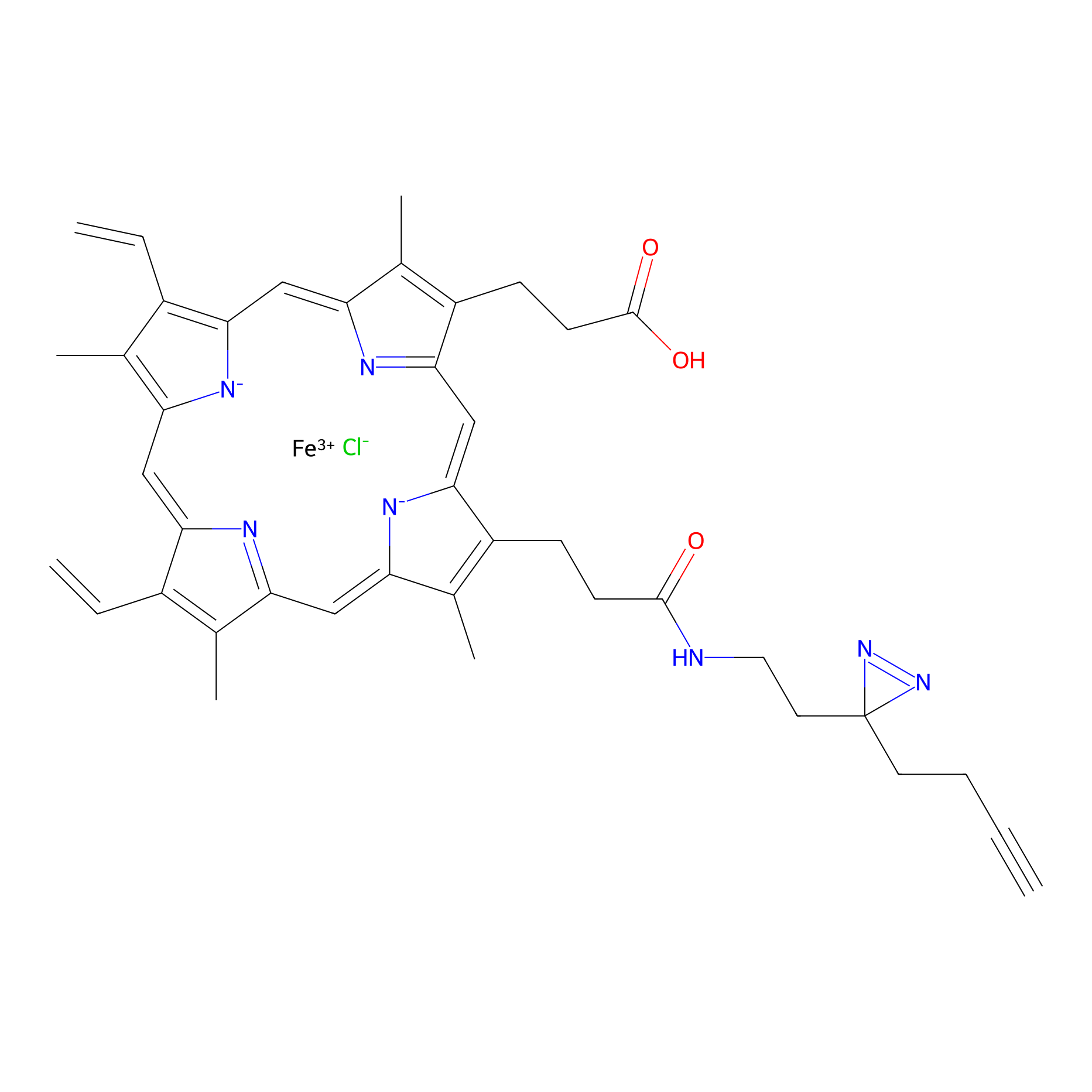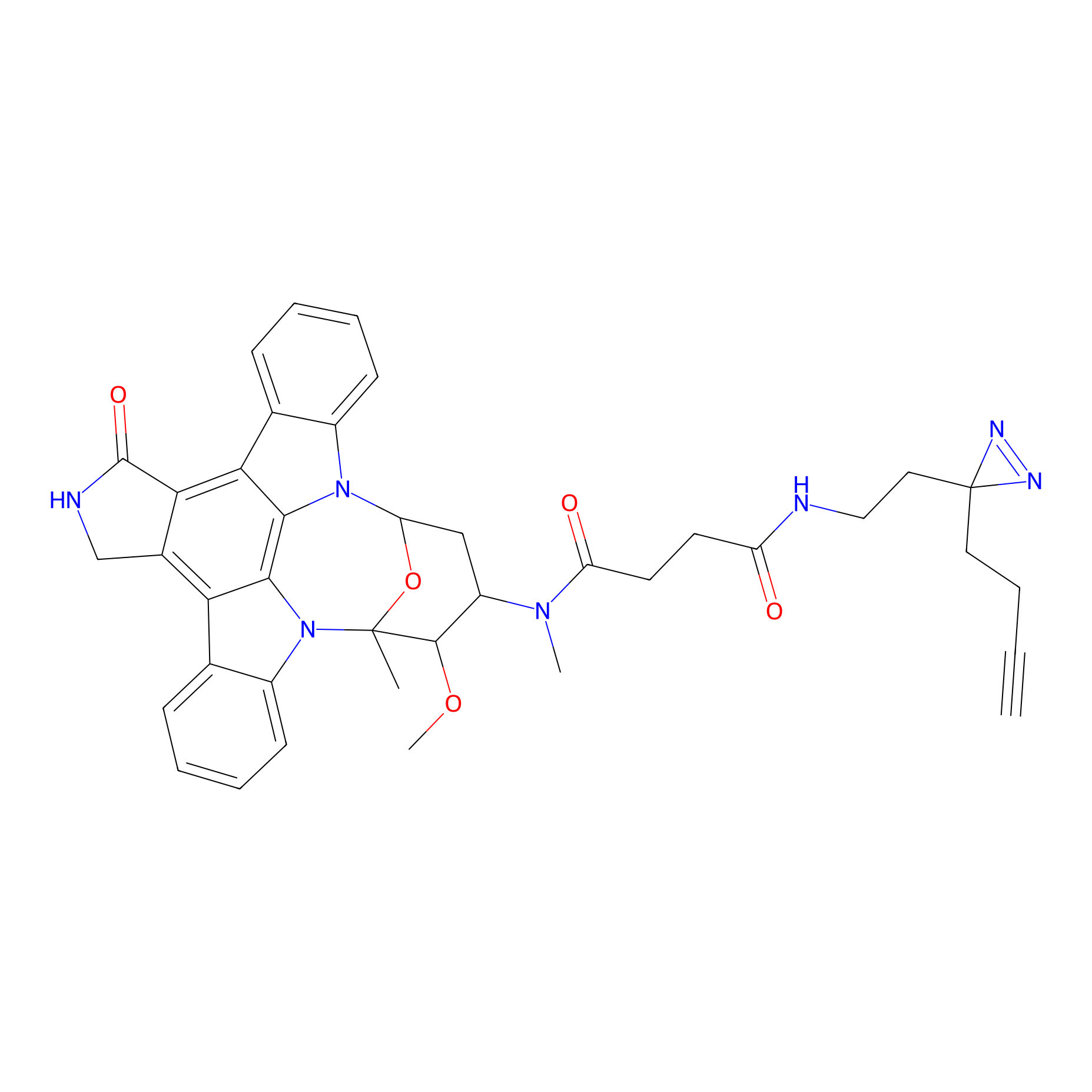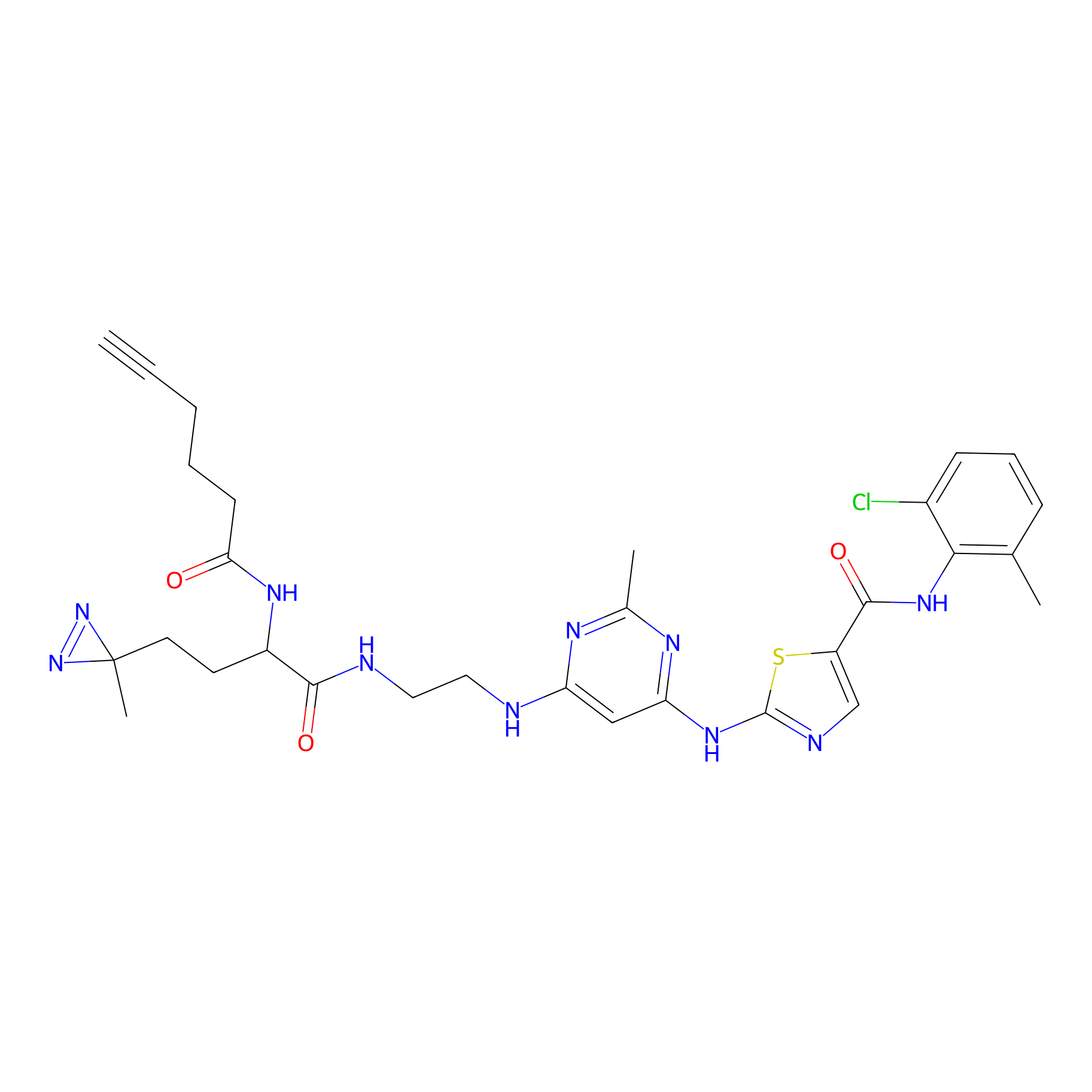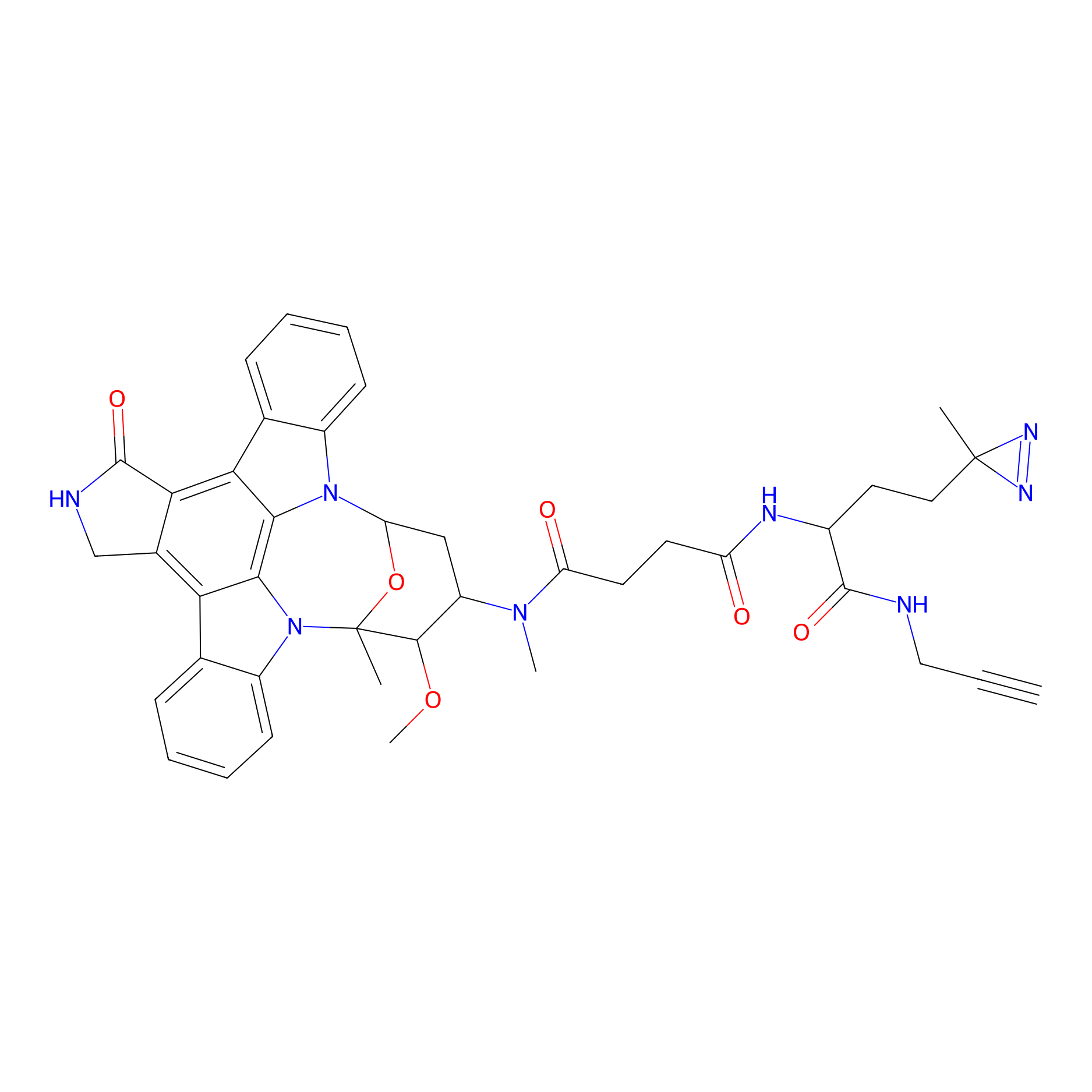Details of the Target
General Information of Target
| Target ID | LDTP05303 | |||||
|---|---|---|---|---|---|---|
| Target Name | Interferon-induced transmembrane protein 2 (IFITM2) | |||||
| Gene Name | IFITM2 | |||||
| Gene ID | 10581 | |||||
| Synonyms |
Interferon-induced transmembrane protein 2; Dispanin subfamily A member 2c; DSPA2c; Interferon-inducible protein 1-8D |
|||||
| 3D Structure | ||||||
| Sequence |
MNHIVQTFSPVNSGQPPNYEMLKEEQEVAMLGVPHNPAPPMSTVIHIRSETSVPDHVVWS
LFNTLFMNTCCLGFIAFAYSVKSRDRKMVGDVTGAQAYASTAKCLNIWALILGIFMTILL IIIPVLVVQAQR |
|||||
| Target Bioclass |
Transporter and channel
|
|||||
| Family |
CD225/Dispanin family
|
|||||
| Subcellular location |
Cell membrane
|
|||||
| Function |
IFN-induced antiviral protein which inhibits the entry of viruses to the host cell cytoplasm, permitting endocytosis, but preventing subsequent viral fusion and release of viral contents into the cytosol. Active against multiple viruses, including influenza A virus, SARS coronaviruses (SARS-CoV and SARS-CoV-2), Marburg virus (MARV), Ebola virus (EBOV), Dengue virus (DNV), West Nile virus (WNV), human immunodeficiency virus type 1 (HIV-1), hepatitis C virus (HCV) and vesicular stomatitis virus (VSV). Can inhibit: influenza virus hemagglutinin protein-mediated viral entry, MARV and EBOV GP1,2-mediated viral entry, SARS-CoV and SARS-CoV-2 S protein-mediated viral entry and VSV G protein-mediated viral entry. Induces cell cycle arrest and mediates apoptosis by caspase activation and in p53-independent manner. In hepatocytes, IFITM proteins act in a coordinated manner to restrict HCV infection by targeting the endocytosed HCV virion for lysosomal degradation. IFITM2 and IFITM3 display anti-HCV activity that may complement the anti-HCV activity of IFITM1 by inhibiting the late stages of HCV entry, possibly in a coordinated manner by trapping the virion in the endosomal pathway and targeting it for degradation at the lysosome.
|
|||||
| Uniprot ID | ||||||
| Ensemble ID | ||||||
| HGNC ID | ||||||
Probe(s) Labeling This Target
ABPP Probe
| Probe name | Structure | Binding Site(Ratio) | Interaction ID | Ref | |
|---|---|---|---|---|---|
|
HPAP Probe Info |
 |
4.17 | LDD0063 | [1] | |
PAL-AfBPP Probe
| Probe name | Structure | Binding Site(Ratio) | Interaction ID | Ref | |
|---|---|---|---|---|---|
|
STS-2 Probe Info |
 |
N.A. | LDD0138 | [2] | |
|
DA-2 Probe Info |
 |
N.A. | LDD0072 | [3] | |
|
STS-1 Probe Info |
 |
N.A. | LDD0068 | [4] | |
Competitor(s) Related to This Target
References
